The final step in a hair transplant is implanting the harvested grafts into the recipient area. A graft is the unit of one or more hairs in the follicle that was harvested from the donor area. The group of grafts that are to be placed will eventually become your new hairline, so it is very important that the grafts are placed in a natural and strategic pattern.
Leading Up to Graft Placement
– A consultation has taken place. You’ve made the decision to undergo a hair transplant as part of your personal hair restoration plan.
– You (the patient) and the doctor have agreed on where the grafts will be most effective in treating the hair loss. You’ve also decided on a design.
– The required number of grafts has been harvested from the donor area (the area on the back of the head that goes from ear to ear).
Graft Preparation
– Grafts are counted and placed into different categories based on how many hairs are in each follicle. Single hairs are to be used for outlining areas. Doubles thicken up the areas surrounding the single hair follicles. Grafts with 3 or more hairs add density to certain areas.
– It is important to keep the grafts alive while they are out of the body and to make sure that they are still viable when implanted into their new “home”. A solution is used to maintain the temperature and survival of each graft.
– The grafts are inspected to make sure that they have not been transected or damaged in the harvesting process. Only grafts that will survive should be used.
Graft Placement
– Sites are made for where the grafts will eventually go. That is the most important part of this procedure, because the sites must be the right depth and the proper angle. If the grafts are not implanted at the right depth, they will not receive the blood supply necessary to help them survive and grow. If they are not inserted at the proper angles, they will turn out looking unnatural and will not be as effective in restoring the areas of hair loss.
– It is also important that the incisions made for these sites are of the correct diameter. If the site is either too big or too small for the grafts, it can cause issues when implanting the grafts.
– The sites are made with a sharp needle or punch.
– It is important to control bleeding throughout the entire procedure. Excessive bleeding can make it very hard to see what is going on and can also cause the area to be very slippery, making it hard to place the grafts.
– Comfort is of the utmost importance at this stage. As the day is closer to ending, some of the local anaesthesia and pain medications may start to wear off. If you feel any discomfort, it is important that you let your hair transplant team know right away. At this stage of the procedure, patients sometimes need a “block” to help with the pain.
– The thousands of grafts are placed one at a time into the strategically pre-made sites.





